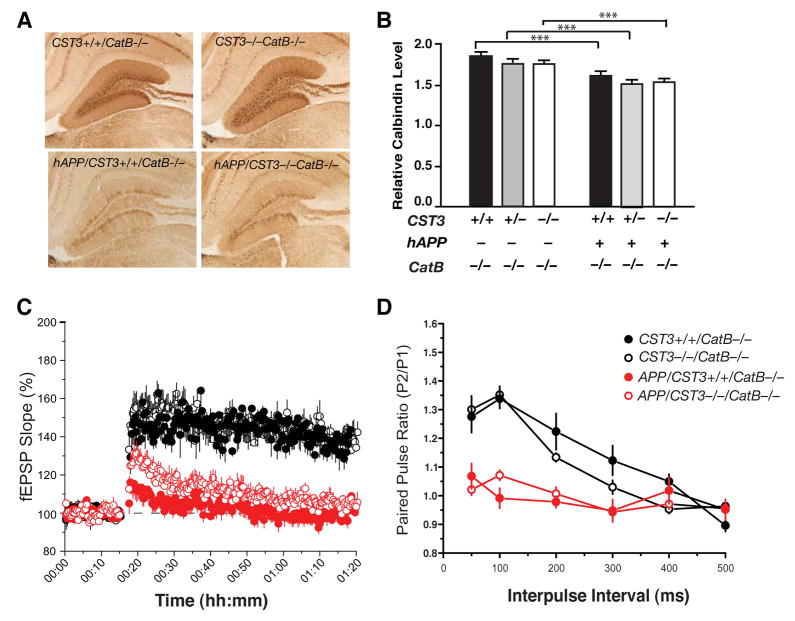Figure 7. The Neuroprotective Effects of CysC Reduction Depend on CatB.
(A) Photomicrographs of calbindin immunostaining in the hippocampus of 5-month-old hAPP/CST3+/+CatB−/−, hAPP/CST3−/−CatB−/−, CST3+/+CatB−/−, and CST3−/−CatB−/−, mice.
(B) CysC reduction failed to prevent the depletion of DG calbindin levels in hAPP-J20 mice lacking CatB (n= 9–22 mice/genotype, age 2–6 months old; two-way ANOVA: ***, P < 0.001, bonferroni post-hoc test of the hAPP effects; CST3 effects, not significant).
(C–D) Effects of CysC ablation on the synaptic functions in hippocampus of hAPP-J20 mice on CatB null background (n=8–12 slices from 2 mice/genotype). (C) LTP at the medial perforant path was significantly depressed in hAPP/CatB−/− mice regardless of CST3 genotypes (P < 0.01, CST3+/+CatB−/− vs. hAPP/CST3+/+CatB−/− and CST3−/−CatB−/− vs. hAPP/CST3−/−CatB−/−). CysC removal did not alter LTP (P > 0.1, hAPP/CST3+/+CatB−/− vs. hAPP/CST3−/−CatB−/−; Tukey’s post-hoc analysis on repeated-measures ANOVA for data collected from minutes 61–70). (D) The paired pulse facilitations at the lateral perforant pathway were markedly reduced in hAPP/CatB−/− mice regardless of CST3 genotypes (P < 0.01, CST3+/+CatB−/− vs. hAPP/CST3+/+CatB−/− ; CST3−/−CatB−/− vs. hAPP/CST3−/−CatB−/−; One-way ANOVA at 50–100 ms interpulse intervals). Bars represent means ± SEM (B–D).

